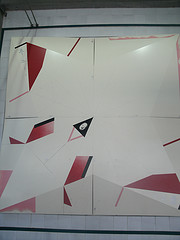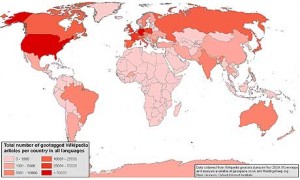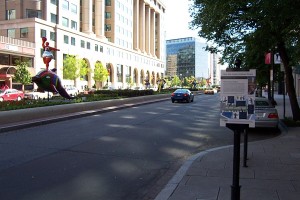
Seattle’s Downtown Transit Tunnel was designed as a collaborative project between the project consultant (Parson Brinckerhoff Quade and Douglas Inc.), the architecture subconsultant (TRA), and 25 artists. The team created what they have termed a distinct “art-itecture” for each station representative of the neighborhood it serves.
The result is a fantastic model for the stations along the proposed Purple Line and the Corridor Cities Transitway.
Even after just a couple days riding the light-rail or buses through Seattle’s stations, a quick glance out the window provides a distinct impression that tells, or shows, where you are. The collaboration is obvious in the integration of artistic details and the creation of a place. You … Continue reading

